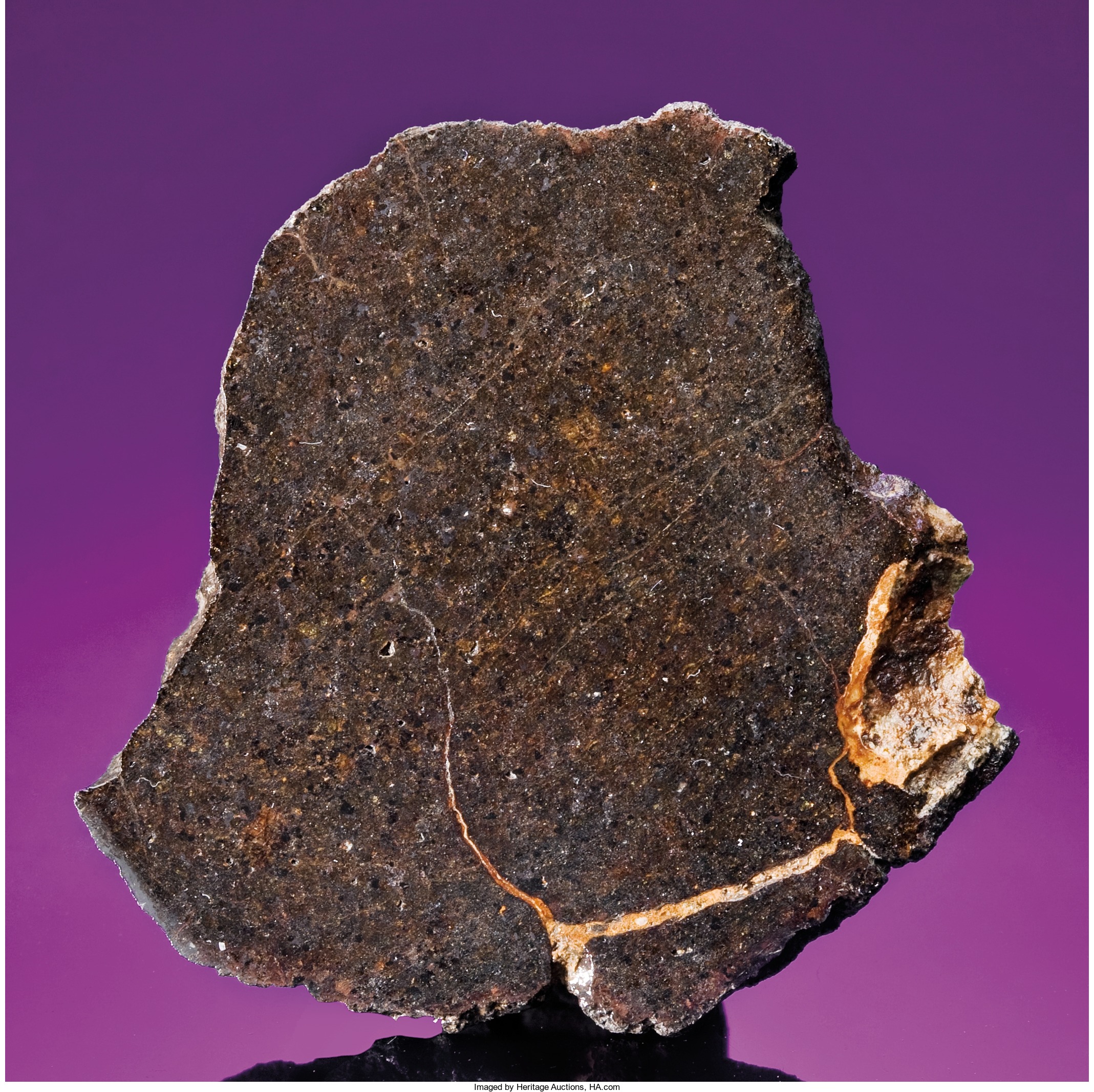
By Jim O’Neal
Our sun formed from a cloud of dust and gas around 4.6 billion years ago. The force of gravity generated by the sun’s vast mass keeps a family of planets and other bodies trapped in orbit around it. Together, the sun and all these bodies make up our solar system.
Mercury, Venus, Earth and Mars are the solar system’s inner planets. On the face of it, they are worlds apart – but underneath the surface, it is a different story. The inner planets all formed from the same material when the sun was formed. All are a mix of rock and metal, with interiors that are roughly divided into layers. The heavier metals are concentrated at the center, while the lighter rock is on top. Each of these planets was bombarded by asteroids and comets early on and each has been affected by volcanic activity. Mercury’s heavily cratered face still bears the scars, but the surfaces of the other three have changed over time.
Mercury is the smallest and closest to the sun. It is a lifeless world that has barely changed in 3 billion years. The entire surface is pitted with craters formed when asteroids crashed into it. Mercury orbits the sun more quickly than any other planet, but it rotates slowly; for every two orbits, it spins around just three times. So a “day” on Mercury (sunrise to sunrise) takes 176 Earth days. Such long days and nights give it the greatest temperature range. During the day, it is hot enough to melt lead and at night, cold enough to liquefy air.
Venus is sometimes referred to as Earth’s twin due to size and similar internal structure. But the two worlds are very different. The surface is hotter than a pizza oven, its air pressure is a crushing 90 times greater, and it’s covered by volcanos. It is permanently overcast, which causes a greenhouse effect. Venus spins more slowly than any other planet and in the opposite direction (clockwise). One orbit of the sun takes 224.7 Earth days.
Mars is the second-smallest planet in the solar system and is half the size of Earth. The average surface temperatures is minus 81 degrees, which makes it a frozen desert world. However, it wasn’t always dry since riverbeds show that water flowed here a long time ago. Mars may have been warm and wet enough for life to have flourished. The “Red Planet” nickname comes from the reddish color of its iron oxide (rust). It has a crust made of solid rock like Earth.
Third from the sun, Earth is the largest of the inner planets. It’s the only planet with liquid water flowing on the surface. Our vast oceans, land and two polar ice caps are all supported by a thin rocky crust. The crust is broken into seven huge segments and many smaller ones. Called tectonic plates, these giant slabs of rock creep slowly over Earth’s surface. Earth completes a spin every 24 hours, but it isn’t entirely upright. Its axis is tilted 23.5 degrees, so as it travels around the sun, one hemisphere and then the other is tilted toward the sun. This is what causes the seasons.
Fortunately, for us, we are exactly the perfect distance from the sun to maintain the temperature ranges to support the only known life in the universe. Just one degree of tilt or distance would have a profound effect. It is similar to Goldilocks and the Three Bears’ porridge … not too hot and not too cold. Personally, I like it here … a lot!
 Intelligent Collector blogger JIM O’NEAL is an avid collector and history buff. He is president and CEO of Frito-Lay International [retired] and earlier served as chairman and CEO of PepsiCo Restaurants International [KFC Pizza Hut and Taco Bell].
Intelligent Collector blogger JIM O’NEAL is an avid collector and history buff. He is president and CEO of Frito-Lay International [retired] and earlier served as chairman and CEO of PepsiCo Restaurants International [KFC Pizza Hut and Taco Bell].
